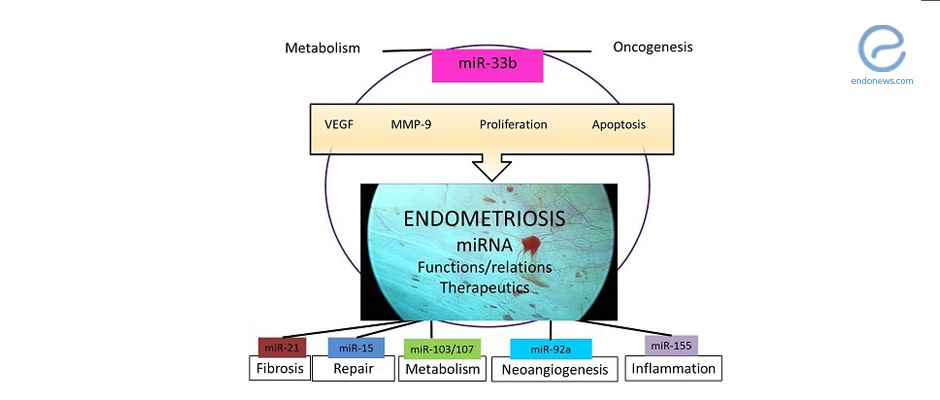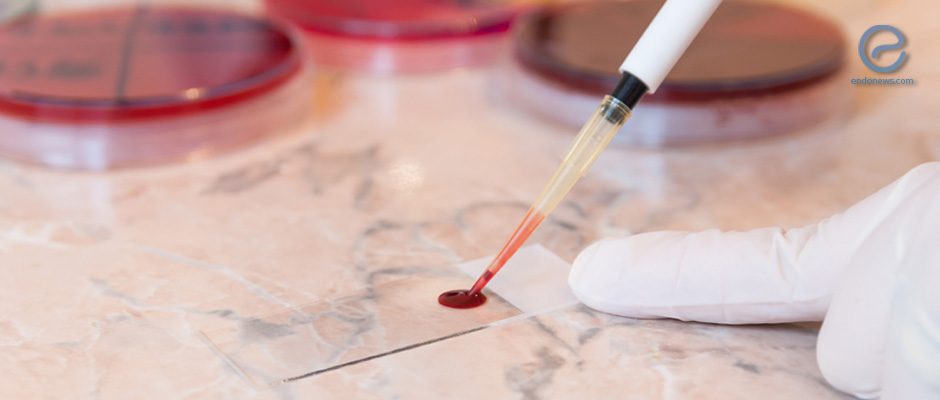Investigating SEMA3F in Endometriosis Pathogenesis
Semaphorin-3F (SEMA3F), a protein that plays a role as a tumor suppressor, may control the development of endometriosis, according to a new study published in the scientific journal Gynecologic and Obstetric Investigation. It may do so by affecting the proliferation,…
Key Points Lay SummaryTenascin C as a Crucial Player in Peritoneal Endometriosis Pathogenesis
Tenascin C, an extracellular matrix protein, may play a key role in the events leading to the development of peritoneal endometriosis, according to a new study published in the journal Fertility & Sterility Science. To describe elements of the extracellular…
Key Points Lay SummaryAnalysis of steroid hormone receptors in endometriotic tissues reveals chaotic results
A group of researchers from academic institutions located at Australia and New Zeland, led by Dr. Holdsworth-Carson, have published their recent findings on steroid receptors in peritoneal endometriosis lesions by immunohistochemistry, in the journal Reproduvtive Biomedicine Online. Endometriosis is…
Key Points Lay SummaryThe Molecular Mechanisms of how herbal medicine Actaea racemosa modulates Endometriosis Progression
Increased proliferation, dysregulated apoptosis, and a pro-inflammatory and oxidative environment are the hallmarks of endometriosis. In the article published in the Journal of Molecular Sciences, penned by Livia Interdonato et al, the molecular mechanisms of the extract from a plant…
Key Points Lay SummaryMachine learning based potential biomarkers
To explore potential biomarkers for an accurate diagnosis and treatment, and to elucidate the mechanism of endometriosis, Yi Huang et al, analyzed gene differences between eutopic and ectopic endometrium and the status of the immune microenvironment., and published their results in the…
Key Points Lay SummaryThe role of acidic ribosomal protein P1 in Endometriosis
Endometriosis is an estrogen-dependent disorder. The disease develops and composed of the ectopic endometrial-like tissue which establishes primarily in the pelvic cavity. Previous findings clearly show that estrogen-related factors are critical for endometriosis development and progression. However, we do have…
Key Points Lay SummaryMelatonin receptors and their role in endometrial cell proliferation
Women with endometriosis demand therapy for the most common symptoms, which are pelvic pain and infertility. Despite extensive research, the exact pathophysiological mechanism and the optimal management of endometriosis still remains unclear. Management of endometriosis should aim to relieve pain,…
Key Points Lay SummaryIs the mystery for progression of endometriosis hiding out in abnormally located endometrial cells?
This prospective study was conducted by Hapangama et al. in Research İnstute of the University of Liverpool, UK, and the results have recently published in the Journal of Human Reproduction. The authors hypothesized that abnormally located endometrial basalis-like (SSEA1/nSOX9+)cells could be contributing to…
Key Points Lay SummaryThe role of circulating microRNA's in Endometriosis
Endometriosis is an estrogen-dependent disorder. This disease affects approximately 10% of reproductive-aged women and 20% to 50% of infertile women. Steroidogenic factor 1 (SF-1) is an essential transcriptional regulator coordinately regulating multiple genes involved in estrogen biosynthesis. SF-1 is known…
Key Points Lay SummaryLipophilic Statins inhibit growth and invasiveness of human endometrial cells
Endometriosis is a disease process whereby cells of the endometrium grow and invade structures outside of the uterus. Through recent research, it has been seen that endometriotic foci in women with endometriosis exhibit an altered phenotype that contributes to its…
Key Points Lay SummaryAnti-proliferative and anti-inflammatory effects of "Quercetin" on endometriosis
Quercetin is a major flavonol that is mainly derived from capers and involves a daily consumption of approximately 25–50 mg through various vegetables. In recent studies, Quercetin is reported as a functional compound in obesity, diabetes and cardiovascular diseases. This compound…
Key Points Lay SummaryProgrammed cell death 4 suppresses endometriosis by inhibiting autophagy and NF-κB/MMP2/MMP9 signal pathway
Endometriosis is a kind of benign disease but shares many similar features with cancers, such as abnormal cell migration, invasion, and unrestrained growth. It has been known that some genes are expressed differentially in eutopic endometrium of EM patients compared…
Key Points Lay SummaryPROPOFOL: a new combat for endometriosis?
Feng et al, from the Department of Gynecology Weifang Medical University Hospital, Shandong, China, recently published their prospective experimental research in the journal Experimental and Therapeutic Medicine. Propofol, a rapid and short-term anesthetic substance, recently has been shown to prevent cancer through inhibiting…
Key Points Lay SummaryEndometriosis in adolescents
Dr. Mama S. T. from Cooper University Hospital, Camden, New Jersey, USA, recently has published his review on advances in the management of endometriosis in the adolescent in the journal “Current Opinion Obstetrics and Gynecology”. In adolescence, there is a…
Key Points Lay SummaryCould the Sleep Hormone Treat Endometriosis?
Melatonin blocks cell proliferation, invasion, and migration in both normal and endometriotic epithelial cells, according to a study published in the scientific journal Reproductive Biology and Endocrinology. Melatonin could, therefore, be a potential treatment for endometriosis The formation and progression…
Key Points Lay SummaryEndometriosis Development: Pathogenesis and genomics
In this review recently published in the International Journal of Molecular Sciences, Baranow et al from Saint Petersburg, Russia, hypothesize the existence of an endometriosis development genetic program (EMDP) that governs the origin of endometrium stem cells programmed for endometriosis; their transition…
Key Points Lay SummaryAltered Immunity in Endometriosis
In recent years, there has been increased attention on the role of immune system in endometriosis development. Normally, immune reactions are supposed to destroy endometrial cells seeding in the peritoneal cavity. Nonetheless, in endometriosis, these cells are able to evade,…
Key Points Lay SummaryCan grapefruits and oranges be used for treatment of endometriosis?
Naringenin is a plant-based nutrient found abundantly in grapefruits and oranges with well-known anti-cancer, anti-inflammatory, and anti-oxidant properties. Previous studies showed that naringenin could modify the estrogen receptor signaling, suggesting a role for naringenin in endometriosis. The current study performed…
Key Points Lay SummaryCCL19/CCR7 Interaction can Casue Characteristic Cell Proliferation
In their paper published in the American Journal of Reproductive Immunology titled “CCL19/CCR7 contributes to the pathogenesis of endometriosis via PI3K/Akt pathway by regulating the proliferation and invasion of ESCs,” Diao et al. hope to elucidate one of the mechanisms…
Key Points Lay SummaryArcyriaflavin A Decreases Endometriosis Cell Viability and Proliferation
The purpose of this research topic was to determine whether Arcyriaflavin A could serve as a potential new therapeutic option for those suffering from Endometriosis. Arcyriaflavin A is a Cyclin D1 inhibitor. Cyclin D1 regulates the cell cycle by interacting…
Key Points Lay SummaryThe Potential Molecular Mechanisms that Drive Endometriosis Progression
Endometriosis is a mysterious disease in that the exact mechanism that causes the illness is still at large. Yang et al. recently published a paper in the European Review for Medical and Pharmacological Sciences that hopes to elucidate the molecular…
Key Points Lay SummaryAn Antagonist for Endometriosis Disease Progression: LINC00261
The molecular mechanisms surrounding endometriosis remain elusive to this day. Sha et al. from Wenzhou Medical University, China, reported that LINC00261, a long non-coding RNA, may play a substantial role in inhibiting the pathogenesis of this painful illness. Their paper…
Key Points Lay SummaryThe Role of IL-35 in the Pathogenesis of Endometriosis
The molecular mechanism that drives endometriosis remains elusive to this day. Zhang et al believe that interleukin 35 (IL-35) plays a role in the pathogenesis of the disease. Their recent publication in Reproductive Sciences titled “Upregulation of Interleukin 35 in…
Key Points Lay SummaryPing-Chong-Jiang-Ni Formula: A Natural Treatment
In the world of modern medicine, natural and herbal remedies are often under utilized. Liang et al. recently published an article in Evidence-Based Complementary and Alternative Medicine where they explored the benefits of using a Chinese Herbal Medicine to treat…
Key Points Lay Summary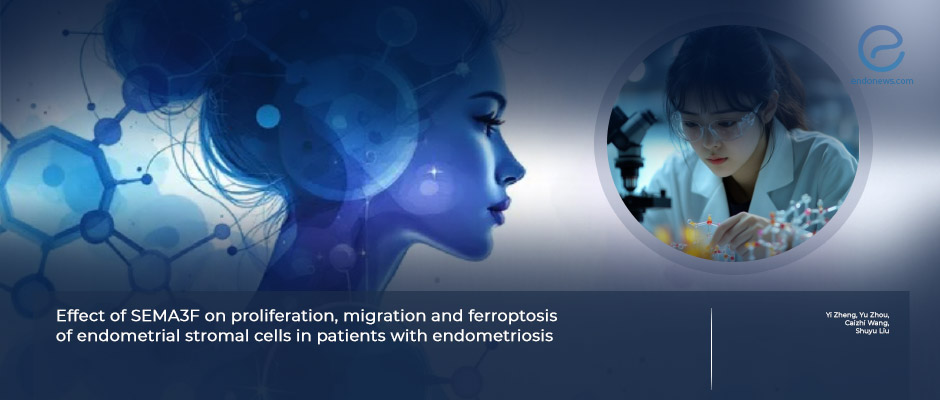
 By Özge Özkaya
By Özge Özkaya
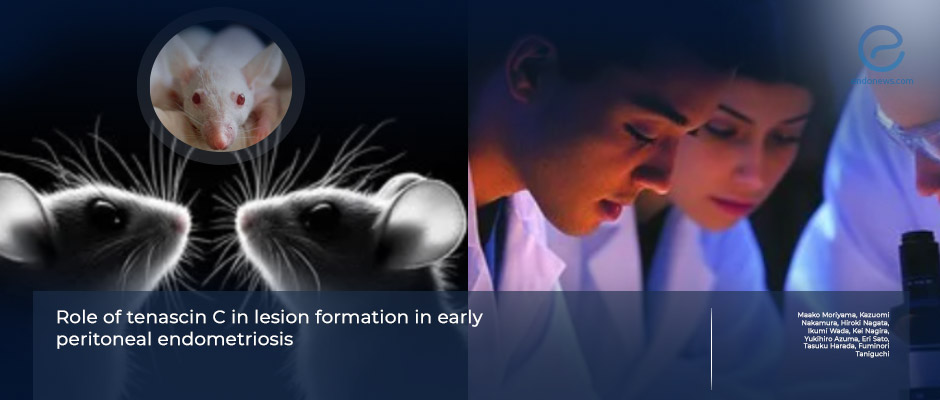
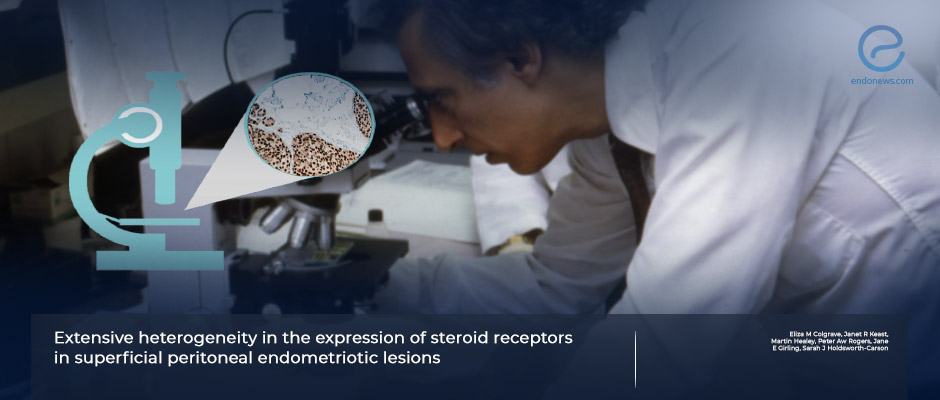
 By Nasuhi Engin Aydin
By Nasuhi Engin Aydin
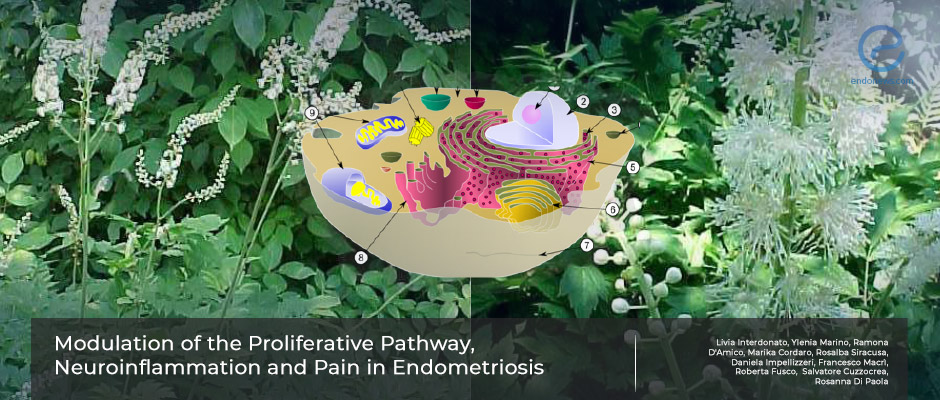
 By Bahar Yuksel
By Bahar Yuksel
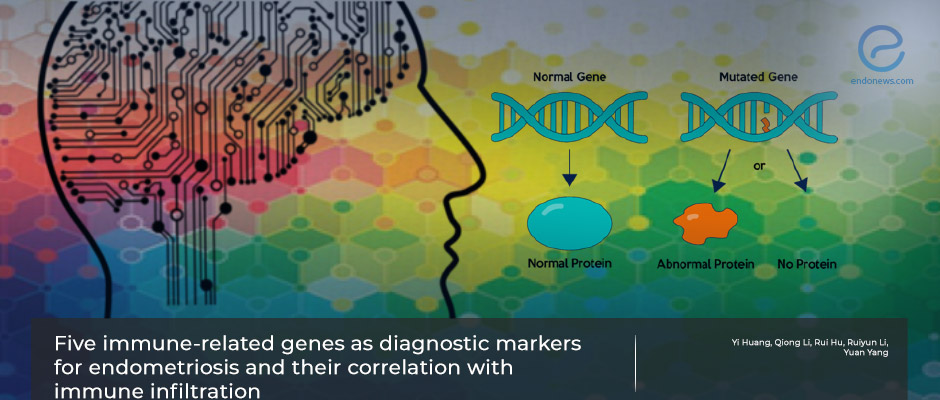
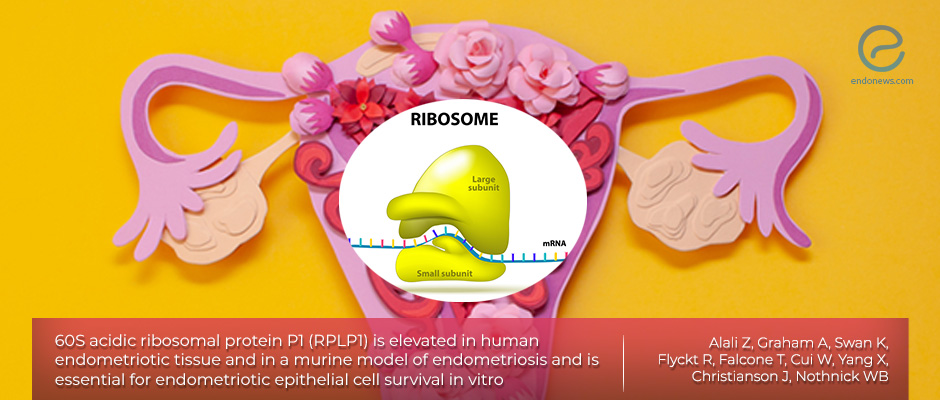
 By Dr. Youngran Park
By Dr. Youngran Park
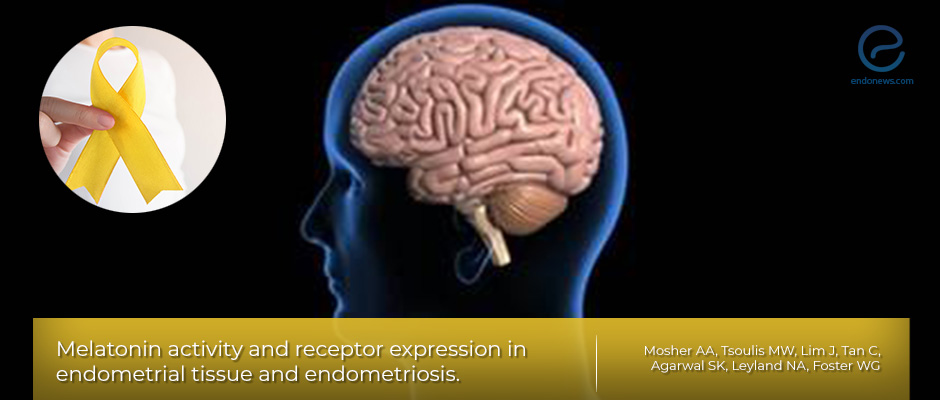
 By Hale Goksever Celik
By Hale Goksever Celik
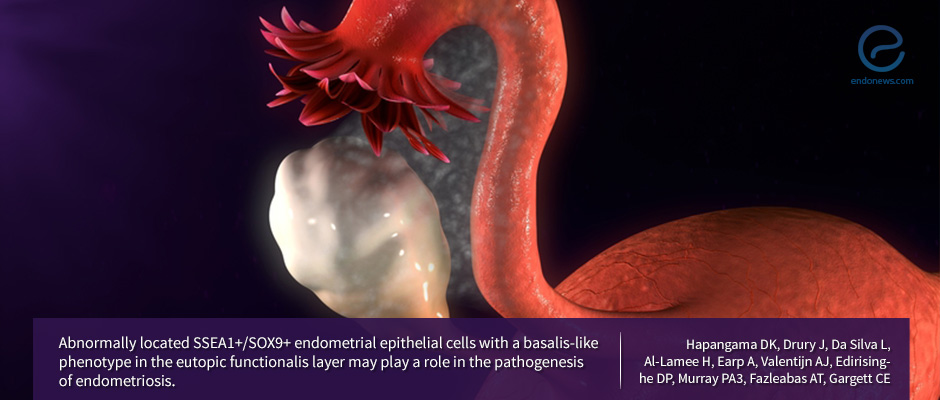
 By Selma Oransay
By Selma Oransay
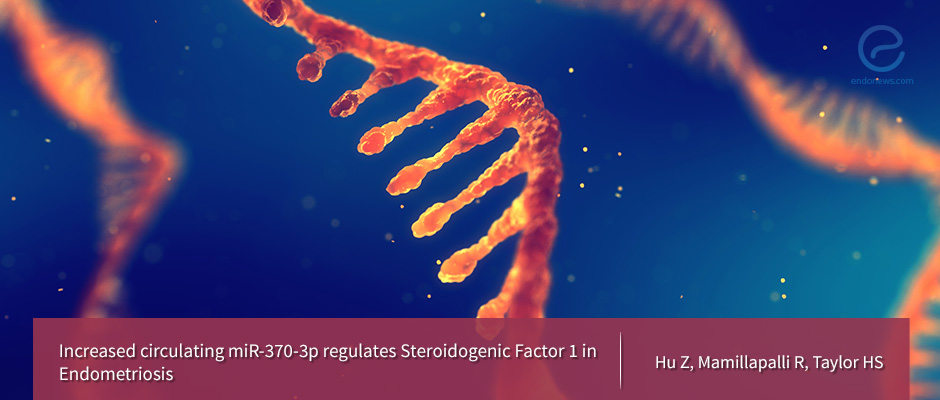
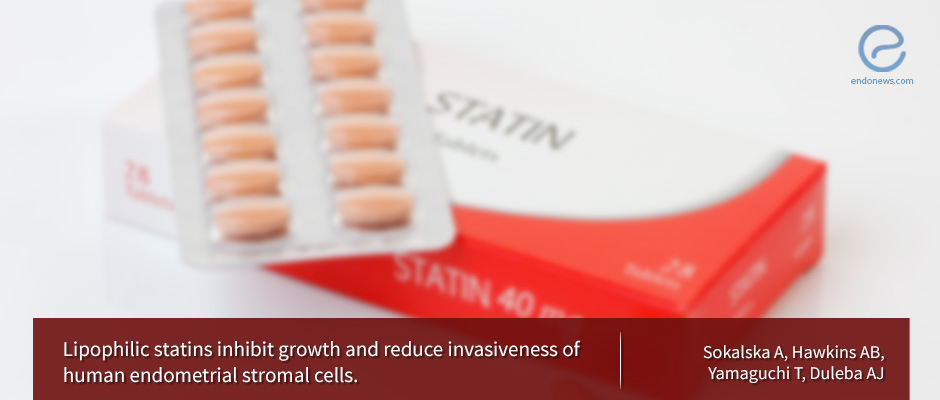
 By Murat Osman
By Murat Osman
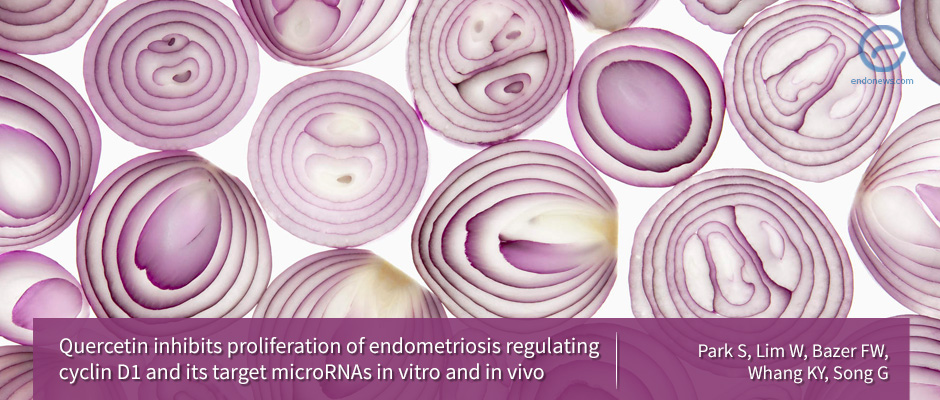
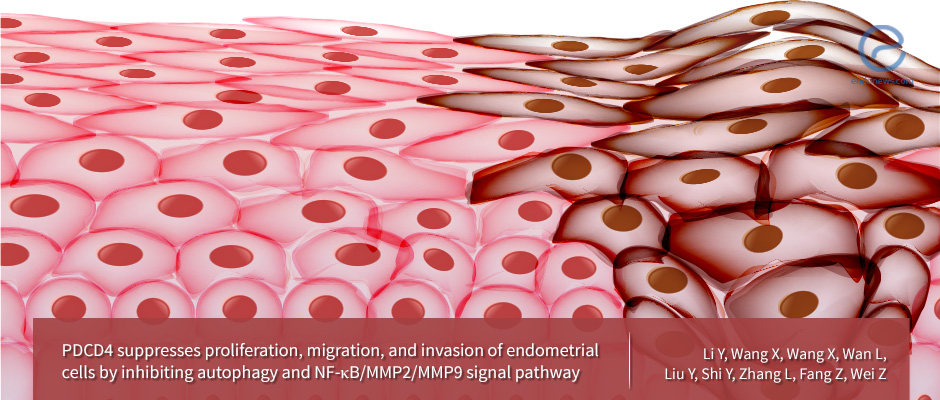
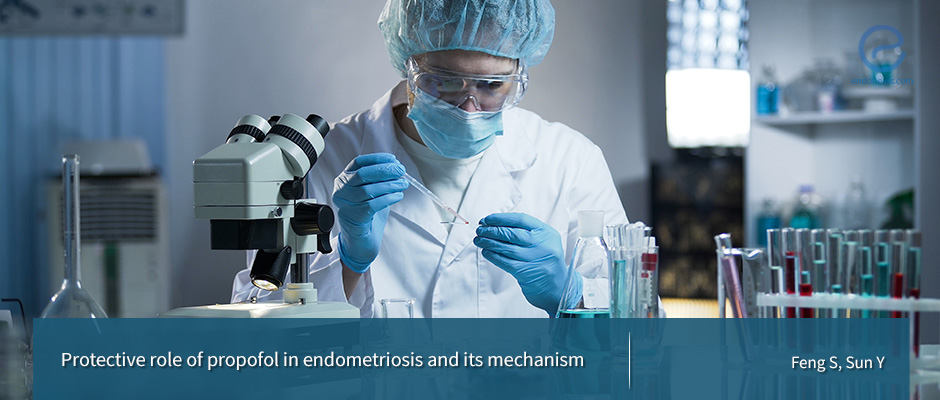

 By Irem Onur
By Irem Onur
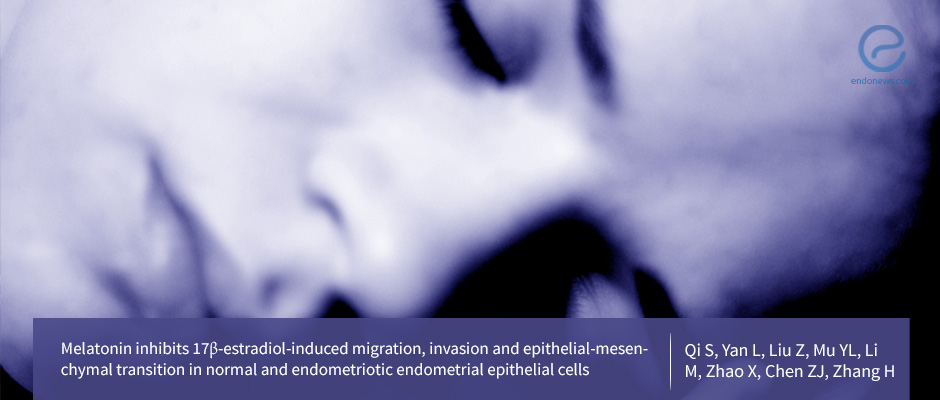
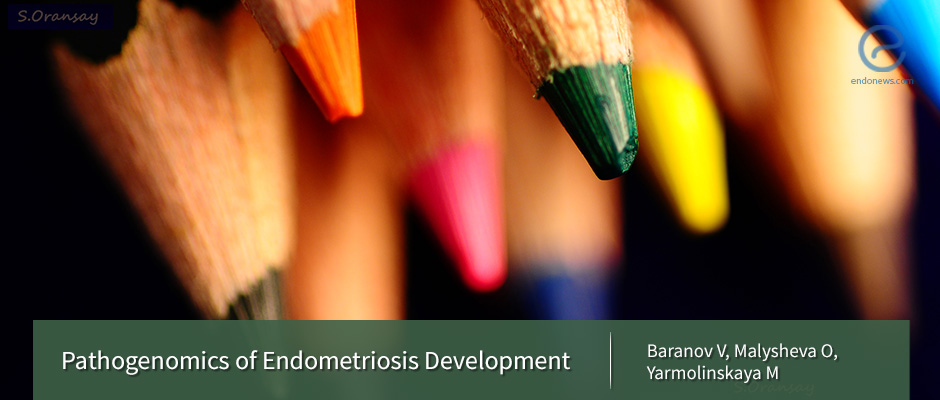
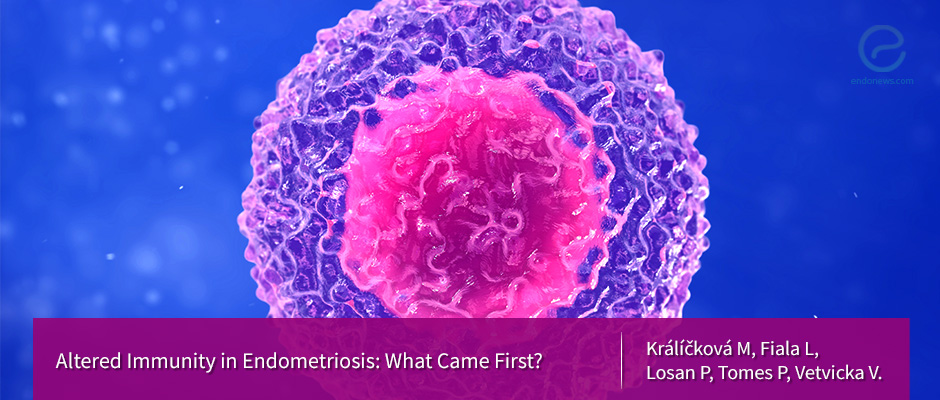
 By Yu Yu
By Yu Yu

 By Demet Candaş Green
By Demet Candaş Green
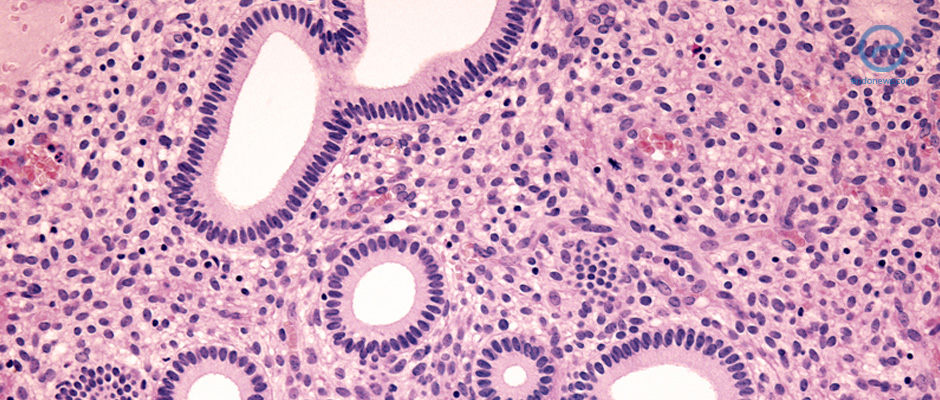
 By Kasthuri Nair
By Kasthuri Nair
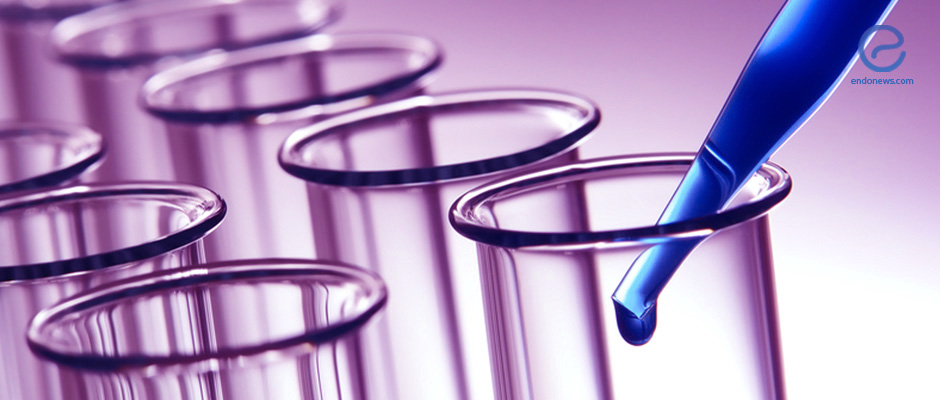
 By Vishaan Nursey
By Vishaan Nursey
